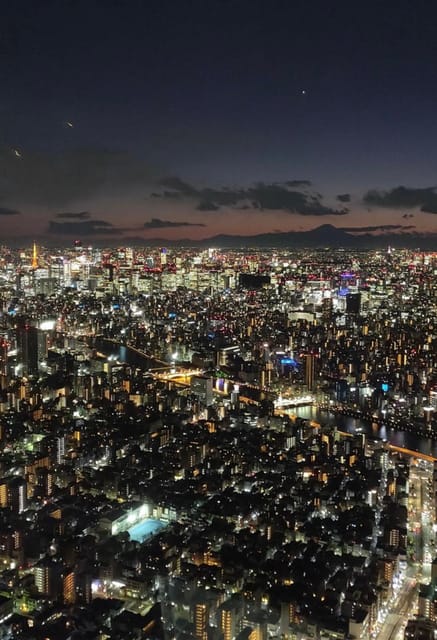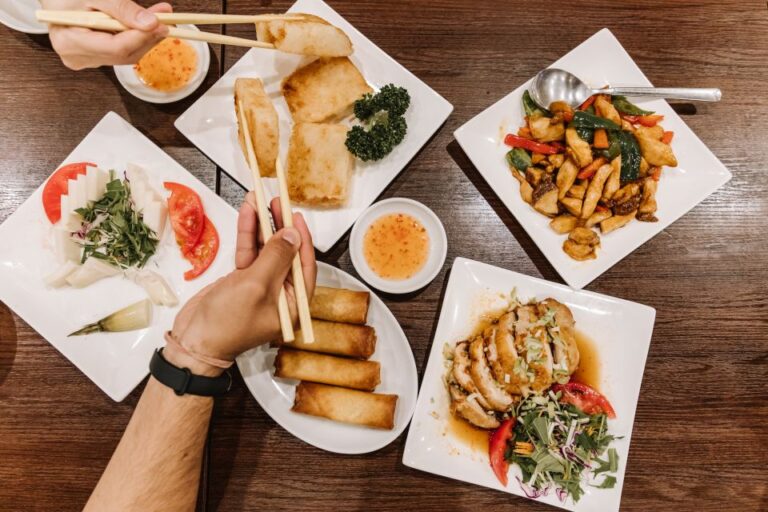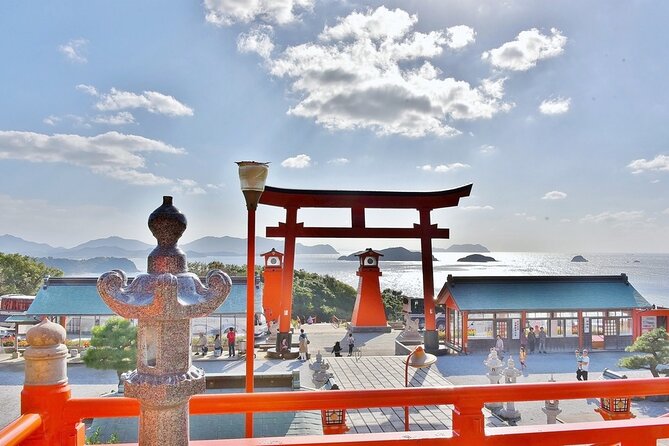Tokyo’s LGBTQ+ community has undergone a remarkable transformation. Once forced to operate in the shadows, the community now enjoys greater visibility and societal acceptance. While homosexuality was decriminalized in 1880, social marginalization persisted for decades. The rise of LGBTQ+ activism in the 1980s-1990s paved the way for anti-discrimination laws and the annual Pride parade. Today, LGBTQ+ characters and themes permeate Japan’s popular culture, and public support for legal recognition of same-sex partnerships has reached 78%. However, challenges remain, particularly around legal rights and transgender inclusion. To delve deeper into Tokyo’s LGBTQ+ journey, further exploration is warranted.
Key Takeaways
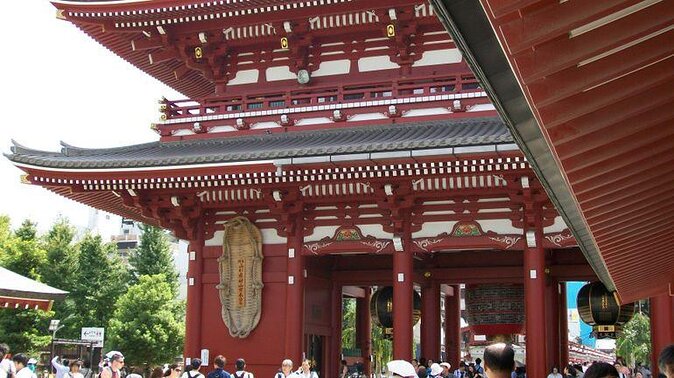
-
The LGBTQ+ community in Tokyo has a rich history, with evidence of acceptance dating back to the Edo period, despite decriminalization of homosexuality in 1880 but persistent social marginalization.
-
A vibrant underground LGBTQ+ scene emerged in the 1960s-1970s in Shinjuku Ni-chome, providing a rare haven for the community and laying the groundwork for future activism.
-
Advocacy groups and the first Pride parade in 1994 led to a rise in LGBTQ+ visibility and activism, paving the way for greater societal acceptance in the early 2000s.
-
The LGBTQ+ community is increasingly represented in popular culture, with iconic franchises and mainstream media featuring LGBTQ+ characters and themes.
-
While challenges remain, including lack of legal recognition for same-sex marriage and barriers for transgender individuals, there is growing societal acceptance and community-driven efforts for inclusion and equality.
Historical Acceptance and Visibility
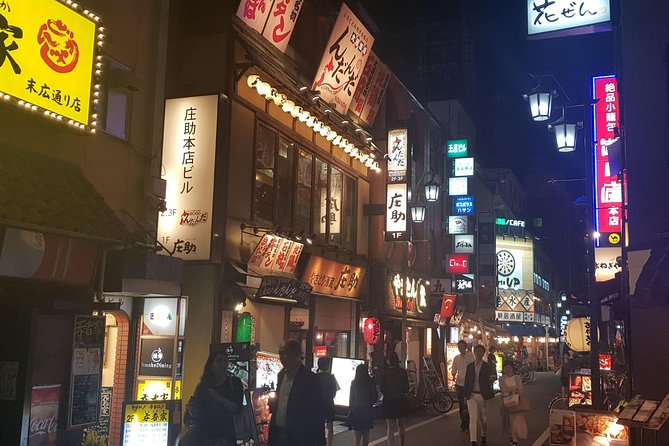
Tokyo’s LGBTQ+ community has existed for centuries, with documented evidence of acceptance and visibility dating back to the Edo period. Homosexuality was decriminalized in Japan in 1880, but social and cultural norms often marginalized LGBTQ+ individuals.
In the 1960s and 1970s, a vibrant underground LGBTQ+ scene emerged in Tokyo, centered around neighborhoods like Shinjuku Ni-chome. The 1980s and 1990s saw the gradual rise of LGBTQ+ activism and visibility, with the establishment of advocacy groups and the first Pride parade in 1994.
The early 2000s marked a shift towards greater societal acceptance, with the passage of anti-discrimination laws and the growing presence of LGBTQ+ characters in media.
Decriminalization and Social Marginalization
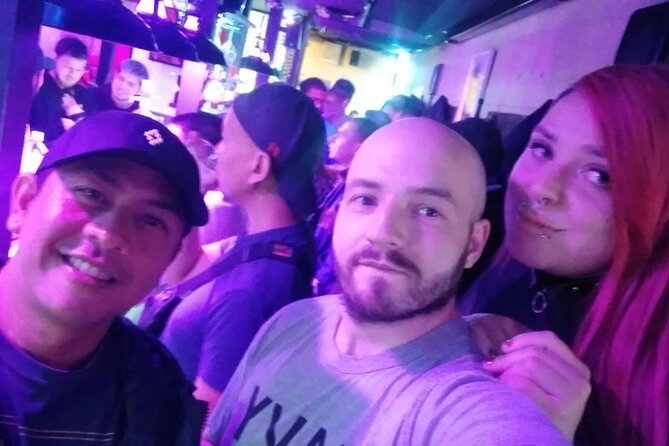
Homosexuality was decriminalized in Japan in 1880, but LGBTQ+ individuals often faced social and cultural marginalization despite this legal change.
While no longer considered a criminal act, societal norms and traditional values continued to stigmatize and marginalize LGBTQ+ people. Many were forced to hide their identities or faced discrimination in various aspects of life, including employment, housing, and social interactions.
The underground LGBTQ+ scene that emerged in neighborhoods like Shinjuku Ni-chome provided a rare haven for those seeking community and acceptance. However, open expression and visibility remained limited as Japan’s heteronormative culture persisted.
The path towards greater LGBTQ+ inclusion and equality would be a gradual one, with activists and advocates working to challenge societal biases and promote change.
Emergence of Underground LGBTQ+ Scene
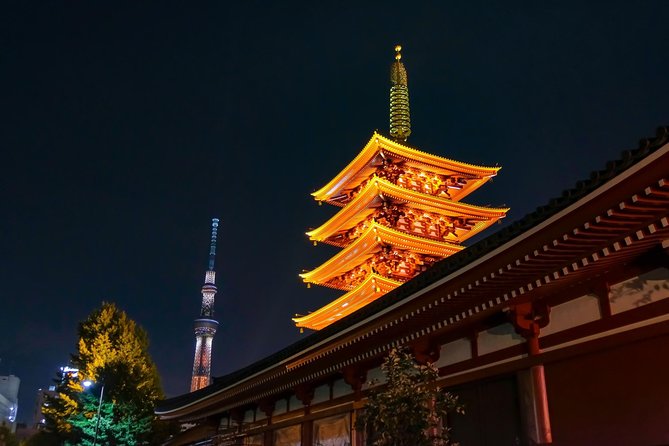
In the 1960s and 1970s, a vibrant underground LGBTQ+ scene took shape in Tokyo, centered around neighborhoods like Shinjuku Ni-chome.
This emerging community provided a safe haven for individuals who’d long faced social marginalization and discrimination.
Amidst the neon-lit alleyways and hidden bars, LGBTQ+ people found a sense of belonging, expression, and solidarity.
The scene grew rapidly, attracting a diverse range of patrons and fostering a rich subculture.
Though still operating in the shadows, this underground movement laid the foundations for the LGBTQ+ activism and visibility that would emerge in the decades to come.
It was a pivotal moment in Tokyo’s LGBTQ+ history, setting the stage for the community’s gradual rise to prominence.
Rise of Activism and Visibility
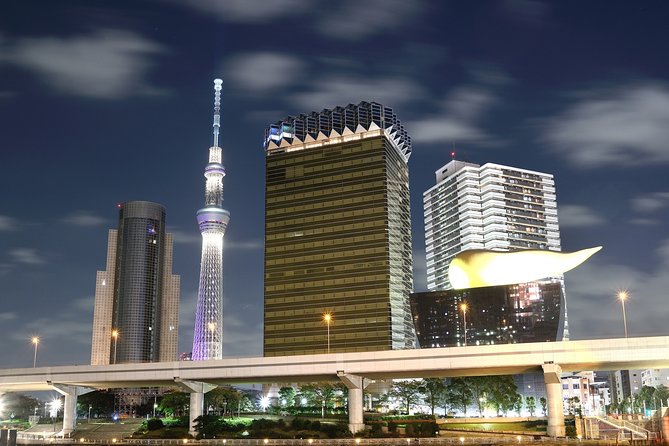
Throughout the 1980s and 1990s, LGBTQ+ activism and visibility in Tokyo steadily grew, as advocacy groups emerged and the city’s first Pride parade was held in 1994.
This marked a significant shift, as LGBTQ+ individuals and organizations pushed for greater recognition and rights. Advocacy groups like the Japan Alliance for LGBT Legislation worked to lobby for anti-discrimination laws and legal protections.
The annual Pride parade, which has continued to this day, became a powerful display of the community’s strength and solidarity. As LGBTQ+ characters and themes gained a stronger presence in Japanese media, public figures also began speaking out in support of the community.
While challenges remained, the rise of activism and visibility paved the way for increased societal acceptance in the years to come.
Shinjuku Ni-chome: Heart of the Community
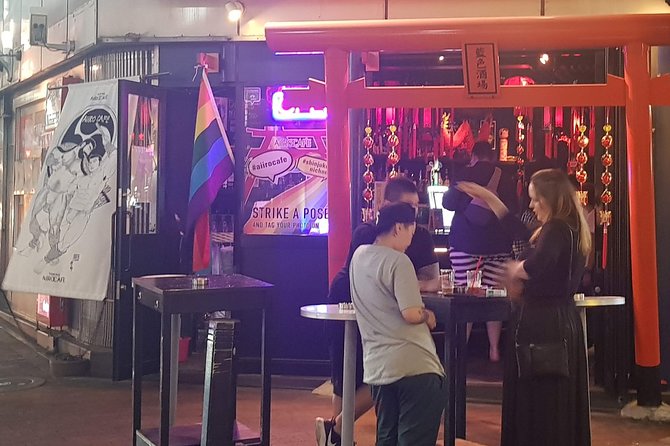
Widely considered the epicenter of Tokyo’s LGBTQ+ community, Shinjuku Ni-chome is a vibrant neighborhood that has long been home to a thriving array of bars, clubs, and social spaces catering to diverse sexual orientations and gender identities.
The area boasts a rich history dating back to the 1960s and 1970s when a vibrant underground LGBTQ+ scene first emerged.
Shinjuku Ni-chome is home to hundreds of establishments, from nightclubs and drag shows to cafes and community centers.
The neighborhood plays a central role in Tokyo’s annual Pride parade and festival, which draw thousands of participants.
Shinjuku Ni-chome is home to a growing number of LGBTQ+-owned businesses and enterprises.
The area provides a sense of community, belonging, and safe haven for marginalized individuals.
Shinjuku Ni-chome remains the beating heart of Tokyo’s dynamic and evolving LGBTQ+ landscape.
Embracing LGBTQ+ in Popular Culture
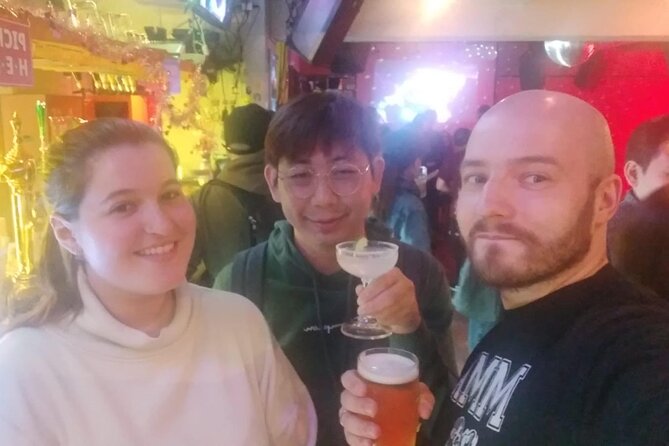
Tokyo’s vibrant LGBTQ+ community has found increasing representation and acceptance in the city’s popular culture, from the rise of LGBTQ+-themed anime and manga to the growing visibility of queer characters on television and in films. Iconic franchises like "Yuri!!! on Ice" and "Sailor Moon" have become beloved for their sensitive portrayals of LGBTQ+ relationships, while mainstream TV shows like "Terrace House" have featured openly gay and transgender participants. Additionally, popular actors and musicians have openly discussed their LGBTQ+ identities, further normalizing diverse gender and sexual expressions. Though challenges persist, the evolving landscape of Japanese media signals a shift towards greater inclusivity and representation.
| Anime & Manga | Television | Film |
|---|---|---|
| "Yuri!!! on Ice" | "Terrace House" | "I Am What I Am" |
| "Sailor Moon" | "Queer Eye Japan" | "Spiral of Destiny" |
| "Given" | "When We Were Sleeping" | "Fireflies in the Field" |
Evolving Attitudes and Legal Recognition
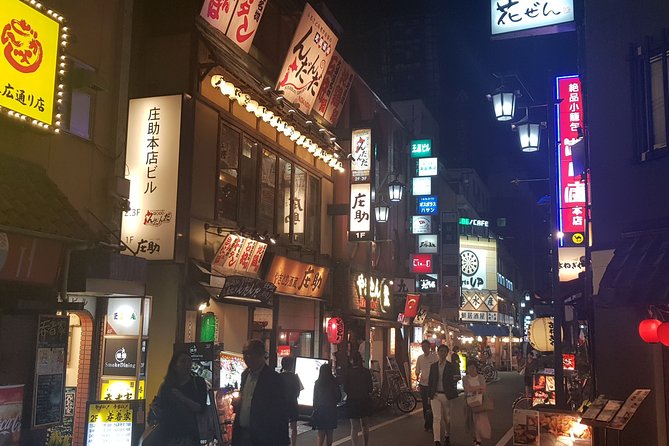
Over the past decade, Japan has seen a growing societal acceptance of LGBTQ+ individuals, with recent surveys indicating that 78% of citizens now support legal recognition for same-sex partnerships.
Major corporations and brands have increasingly embraced LGBTQ+ inclusion in their marketing and policies. Public figures, from politicians to celebrities, have become more vocal in their support for LGBTQ+ rights and visibility.
Educational institutions and youth organizations have implemented initiatives to foster LGBTQ+ inclusivity and support for students.
However, challenges remain, as Japan’s legal system still doesn’t recognize same-sex marriage, and transgender individuals face significant barriers in the legal recognition of their gender identity.
Challenges, Barriers, and Community Initiatives
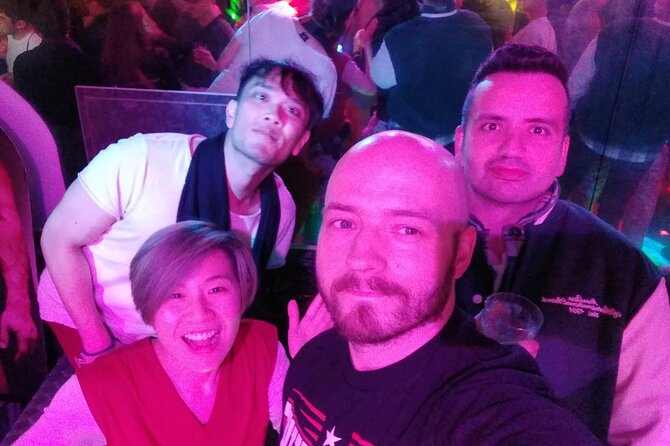
Despite the progress made, LGBTQ+ individuals in Tokyo still face significant challenges and barriers, including discrimination, limited access to healthcare, and the lack of legal recognition for same-sex marriages.
Transgender individuals, in particular, encounter substantial obstacles in legally affirming their gender identity and accessing appropriate medical services. Workplace discrimination and harassment remain persistent issues for the community.
Outside of major urban centers, accessing LGBTQ+-affirming resources and social services can be particularly difficult.
However, Tokyo’s vibrant LGBTQ+ community continues to drive change through grassroots initiatives, advocacy organizations, and annual Pride events. These community-driven efforts aim to provide support, foster visibility, and lobby for legislative reforms, including the legalization of same-sex marriage.
While challenges remain, the determination and resilience of Tokyo’s LGBTQ+ activists offer hope for a more inclusive and equitable future.
Frequently Asked Questions
How Prevalent Is Lgbtq+ Tourism in Tokyo?
LGBTQ+ tourism is increasingly prevalent in Tokyo, as the city’s vibrant LGBTQ+ community, annual Pride events, and LGBTQ+-friendly businesses and amenities attract visitors from around the world seeking a welcoming and inclusive travel destination.
What Role Do Japanese Corporations Play in Lgbtq+ Advocacy?
Many Japanese corporations actively support LGBTQ+ advocacy, embracing inclusive policies, marketing campaigns, and partnerships with LGBTQ+-focused organizations to promote visibility and acceptance within the workplace and broader society.
How Do Lgbtq+ Experiences Differ Across Urban and Rural Japan?
LGBTQ+ experiences vary greatly between urban and rural Japan. In cities like Tokyo, there’s more visibility, acceptance, and community support. However, in rural areas, LGBTQ+ individuals often face greater social stigma and lack of access to affirming resources and services.
What Is the Relationship Between Lgbtq+ Culture and Traditional Japanese Arts?
The relationship between LGBTQ+ culture and traditional Japanese arts is complex. While some arts have embraced LGBTQ+ themes and artists, others remain rooted in more conservative gender norms. Ongoing efforts aim to increase LGBTQ+ representation and inclusion in various artistic disciplines.
LGBTQ+ individuals in Japan often face complex family and societal expectations, navigating pressures to conform to traditional gender roles and heteronormative norms. Many find support in LGBTQ+ community networks and advocate for greater acceptance and legal protections.
Conclusion
Tokyo’s LGBTQ+ community has undergone a remarkable transformation, evolving from historical acceptance to decades of marginalization, and finally, a vibrant resurgence.
Today, the city stands as a beacon of progress, with a thriving scene centered around Shinjuku Ni-chome, annual Pride celebrations, and growing societal acceptance.
Yet challenges remain, as the community navigates legal recognition, healthcare access, and the persistence of prejudice.
Nonetheless, Tokyo’s LGBTQ+ story is one of resilience, progress, and the enduring power of visibility and community.

